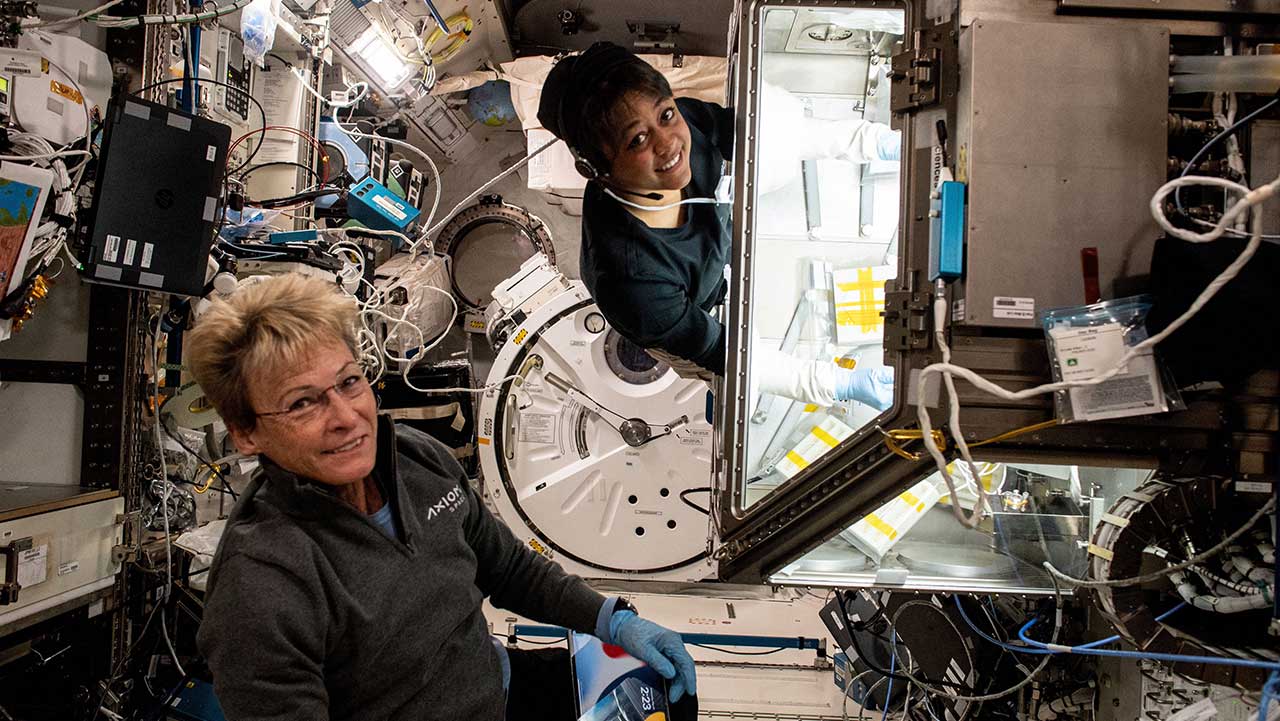Janus Nanomaterials: A New Frontier in Space-Based Manufacturing
By Quantum Server Networks

In a bold leap from the lab bench to low Earth orbit, researchers at the University of Connecticut are reshaping the landscape of medical science with Janus base nanomaterials (JBNs). Named after the Roman god Janus for their dual-sided molecular structure, these remarkable constructs could soon revolutionize the treatment of osteoarthritis and cancer.
Led by Dr. Yupeng Chen and Mari Anne Snow, the Eascra Biotech team discovered that the microgravity environment aboard the International Space Station (ISS) offers a perfect platform to improve the uniformity and performance of these self-assembling molecules. On Earth, gravity introduces inconsistencies during their formation. In space, JBNs form more cleanly and predictably—unlocking new levels of bioactivity and therapeutic potential.
Microgravity: A New Manufacturing Paradigm
Through missions like Ax-2 and SpaceX CRS-30, JBNs were tested and produced in orbit using CubeLab hardware developed by Space Tango. The results were astounding: up to 40% improvement in structural uniformity and long-term stability of RNA-loaded nanoparticles at room temperature—eliminating the need for ultra-cold storage.
This advancement is crucial for the global delivery of next-generation RNA-based therapeutics, especially in underserved regions. In particular, the JBN nano-matrix can act as a scaffold for cartilage regeneration, offering new hope to millions suffering from joint degeneration diseases like osteoarthritis.
From Space to the Clinic
Now evolving into a true “space company,” Eascra Biotech is leveraging further ISS missions and partnerships with Axiom Space and Google to refine their production methods and integrate AI-driven quality control. Their future goals? Full-scale production and FDA-ready manufacturing of JBNs for not only joint regeneration but also precise cancer treatment.
Discover more about this extraordinary journey and the potential of space-based biotech at the official article on the ISS National Laboratory website.

Comments
Post a Comment